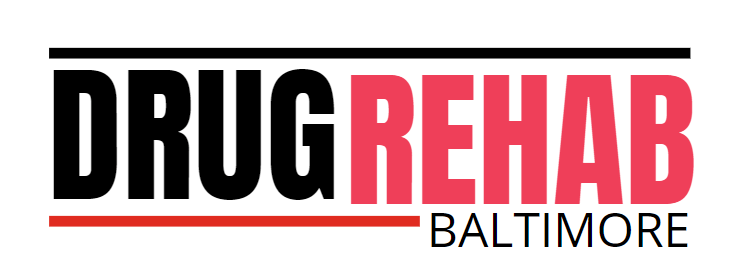Inhalants Addiction Treatment Baltimore
Today’s youth can eventually face peer pressure to try drugs, along with a class of substances known as inhalants. While inhalant misuse is more common among young teenagers, children as young as five or six years old have already tried these types of drugs.
Types Of Inhalants
More than 1,000 common household items can be used as stimulant inhalants. These items are legal, inexpensive, easy to procure and conceal since they are widely found in households, workplaces, and classrooms. Almost one out of every ten eighth-graders has tried an inhalant.
There are three types of inhalants: solvents and fuels, nitrous oxide, and volatile nitrites.
Solvents include binders and adhesives, correction oils, paints, felt-tipped markers, oven cleaners, and disinfectants, among other household or industrial liquid or aerosol products. This ensures that almost all aerosols in pressurized containers, such as hairspray, deodorants, machine cleaners, and spray paint, can be used as inhalants. Propane, diesel, octane boosters, and refrigerants are among the fuels inhaled.
Nitrous oxide, also known as laughing gas, is extracted from medical applications or used in whipped cream dispensers (spherical cylinders or cartridges filled with nitrous oxide to dispense whipped cream).
Older teenagers are more likely to use the toxic nitrites used in air fresheners, with the belief that this substance improves sexual function.

Book An Appointment Now !
You can easily find us by searching for drug rehab near me that will guide you to us, to make a difference in your life by working towards making your addiction free.
Inhalant Assault Symptoms
Inhalant harassment should be recognized by parents and teachers. Some symptoms, however, are more common, such as sloppy appearance, grades, or attitude. Friendships and activities which one has been doing for a long time are likely to change.
Other Important Warning Signs Include:
- Chemicals may be detected in one’s breath or clothes.
- Spots or sores around the mouth
- Paint or stains on the body or clothing
- Drunken, dazed, or glassy look
- Nausea, loss of appetite
- Anxiety, excitability, irritability
- A cache of aerosol cans or volatile liquids
Inhalants, Like Other Drugs, Can Lead To Addiction.
Inhalant abuse, like other drugs, can necessitate drug rehabilitation. If a person is unable to avoid using these drugs on their own, they must be referred to an appropriate recovery facility that will assist them in changing their lives. After all, there’s a reason why this individual began abusing these drugs in the first place. This issue must be addressed in order for him to successfully quit using drugs. Physically, some of these compounds can be addictive.
Impatient Treatment For Inhalant Addiction
An inhalant abuser will return to a productive, drug-free life with the aid of the Drug Rehab Center In Baltimore. It is imperative to assist each person in detoxifying the toxic substances inhaled. Drug Rehab Center In Baltimore, which is one of the phases of the full recovery program, accomplishes this. During the intensive therapy process and the life skills portion of this program, it is often important to assist the individual in regaining their confidence and enthusiasm for survival.
It makes no difference what kind of drug is being exploited. The Drug Rehab Center In Baltimore, creative alternative to treatment. One of the highest success rates in this area is that seven out of ten graduates of this program retain their sobriety after they return home.
Don’t let those you care for getting addicted to drugs or inhalants.
LOCATIONS SERVED
Baltimore City, Baltimore County, Carroll County, Anne Arundel County, Cecil County, Harford County, Howard County, Queen Anne’s County
Phone
(667) 215-5549
info@drug-rehab-baltimore.com
Hours of Service Operations:
Monday - Friday: 7am - 10pm EST
Saturday: 8am - 10pm EST
Sunday: 7am - 9pm EST
